Dovetail Troubleshooting- Part 1
We opened up our postbox for beginners to send in one of their first dovetail to get advice as to why it may not be the standard they had hoped for.
One of our members, Jenny, sent in her dovetail in return for feedback from Paul which he critiqued in his YouTube video. We have summarised the main points below:
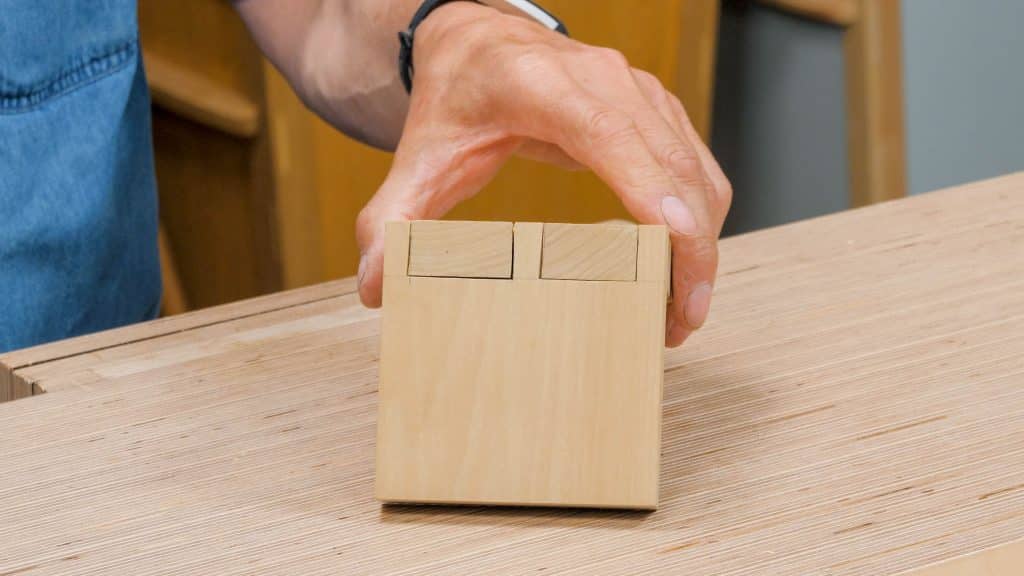
Just because there are gaps, it doesn’t mean that this dovetail won’t stay together. If you glued this up, it could last for 100 years.
The Importance of Using a knifewall
Paul takes the joint apart (remember to use a rubber faced hammer to avoid hammer marks damaging the surface) and checks for an uneven surface between the pins then uses the square to check. When registering the square on one side it shows a gap, but when he registers it to the opposite side there is no gap. This suggests that the knifewall was not accurately transferred. This may be caused by using a pencil line instead of a knifewall to transfer the line.
A knifewall is much more accurate whereas a pencil line is thick and leaves room for error.
Are the Pins Square?
Paul uses the square to check the pins and draws the line on where they should be, he concludes this might have been pared with a chisel which is why is it no longer square.
Try to get the angle directly off the saw for your pins and tails without pare cutting, if possible only use pare cutting for the recess in between the pins as this is from your chisel, not a saw line.
The shoulders haven’t been cut to the line, this will stop the joint seating properly which means you will have gaps. Make sure you use a knife wall, this means you will have a line to pare cut to.
To practise your dovetails, click here for our free course.

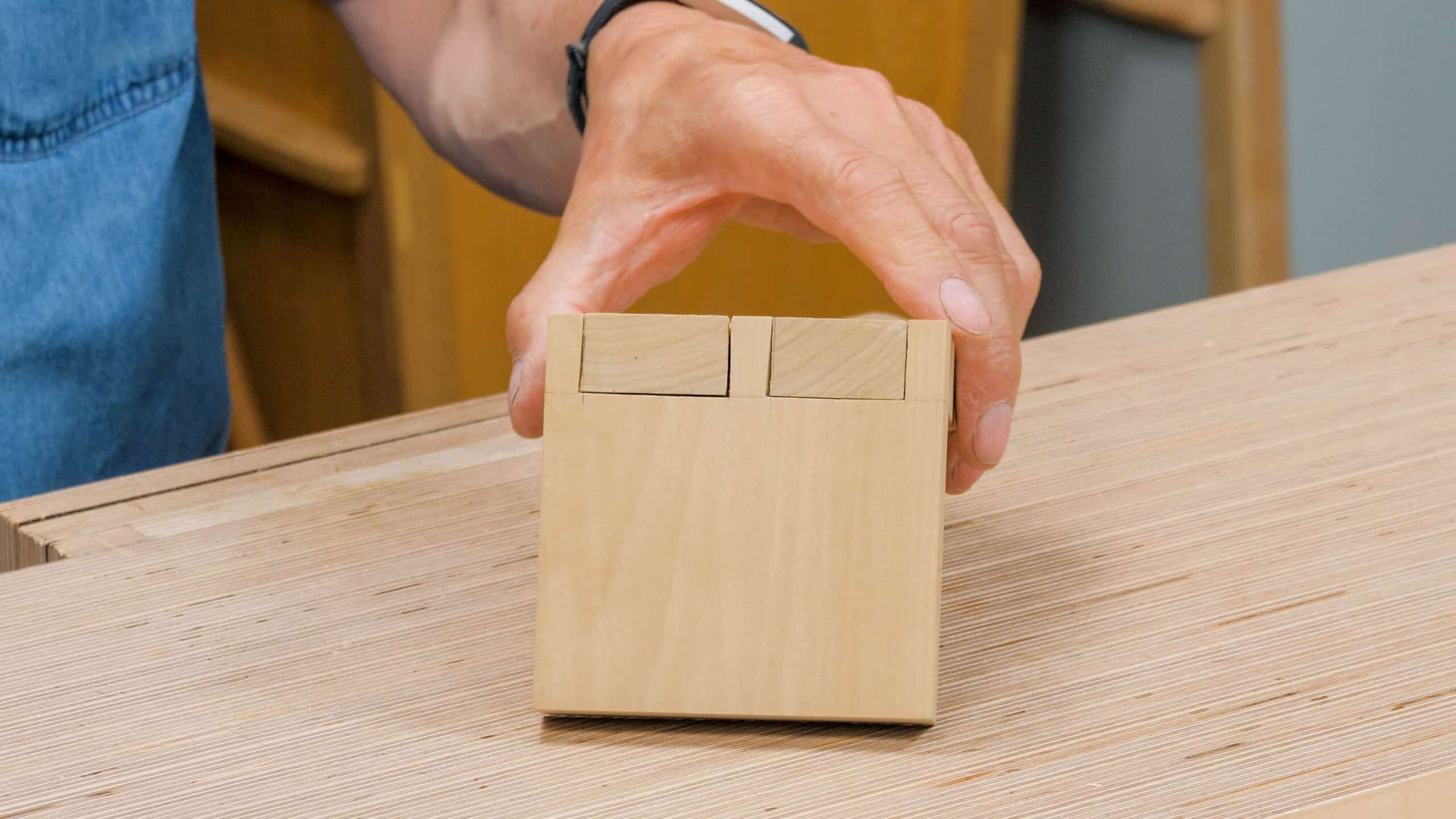
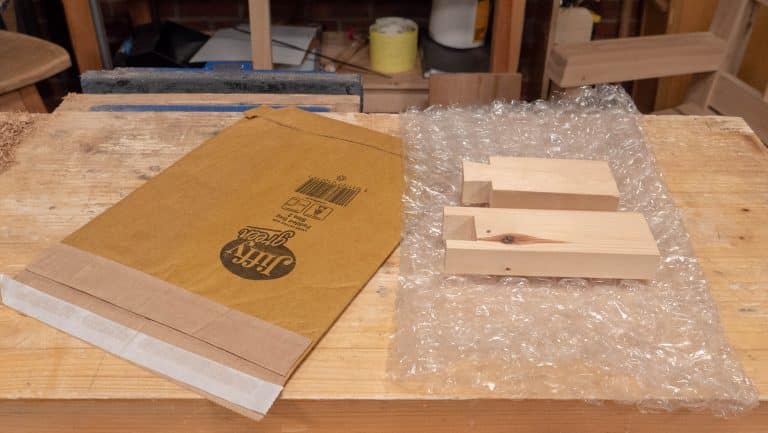
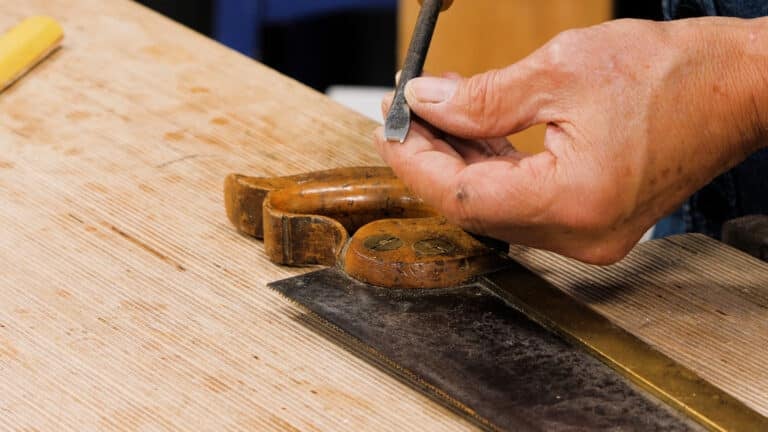
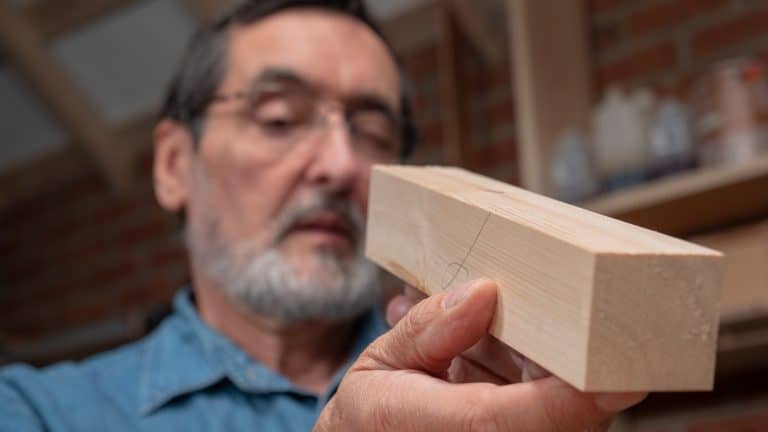
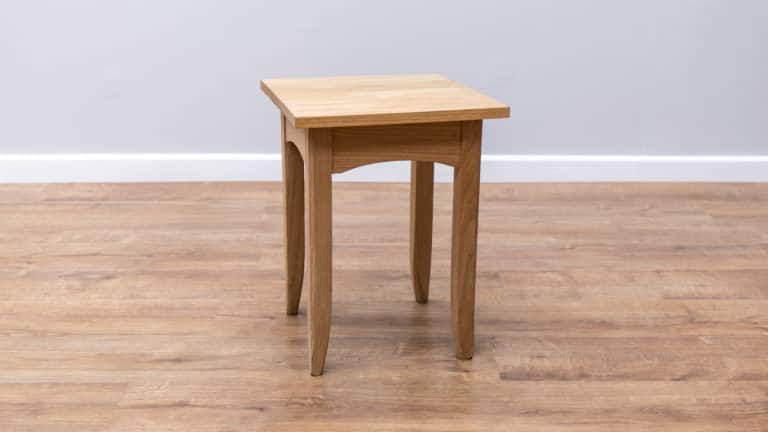

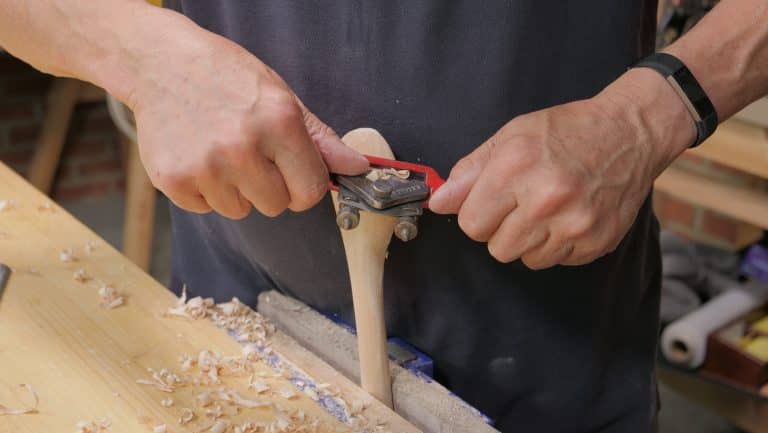
I have a question about “getting the angles directly off the saw” and not paring. Sometimes when I start a cut with my saw it gets a little off line or angle, and I try to readjust it back onto the line. This does create a little groove or curve, that I then try to clean up by paring. But of course that makes sense to causing gaps. But what is the best way to go about this? In either direction, lets say your saw kerf starts slightly out of square, or slightly off angle. What is the best way to deal with that mid cut?
Hi Steve,
Don’t try to correct your cut, go back up to the same start point and start a new cut. Use the ‘angled cuts’ exercise for practise, as that is how you will learn to avoid this problem, with practise. Paul says perseverance in practise will produce consistent results.
Kind Regards,
Izzy
Hi Izzy,
Thanks, I will go back to that exercise and practice those some more. I do have another question/suggestion. I think this may help others having trouble with cuts and dovetails.
When I go to start the cut, I want to ensure that my saw blade is square to the wood. In order to do so, I want to have my whole blade on the line I marked with my square. However, with the entire blade on the wood, it seems impossible to start the cut. SO, I have been pulling backward to kind of create a groove, and then start the cut angled. I notice Paul in the “sawing technique video” on the angled cuts exercise, tilts his blade forward so it is only cutting the far corner to start and then dips the blade down. But I am worried if I just do this, then my cut won’t be square, as only the front corner for a reference isn’t very accurate. Is this just a muscle memory thing? Or any better information detailing this key step?
Thanks and cheers!
Hi Steve,
When starting off the cut, use your thumb to align the saw. Paul would not recommend creating a groove to begin with, this is not good practise.
Start off the cut on the furthest edge, use this to guide you on the waste side of the line. This will come with practise which is why we created the angled cuts exercise. As mentioned previously, if your cut is not at the right angle, go back up and start again as you cannot successfully correct it mid-cut.
If you’re still having trouble it is worth double checking your saw plate is straight too and the teeth are sharp. It is difficult to cut accurately with a blunt saw.
I hope this helps!
Kind Regards,
Izzy
Thanks again Izzy! I purposely bought a brand new Lie Nielsen dovetail saw to remove any variables besides myself 🙂 The guy at the Lie Nielsen event told me to “let the saw do the work”. Which I am able to get the hang of once in the groove of cutting. Its getting the kerf started that seems to be the most difficult. I think I’ll go back to the angled cuts exercise and just run through that a couple times and practice using my thumb as mentioned. I think its more muscle memory at this point.
I’m glad you did this review of a non-expert piece, as it helps me understand what I too am doing wrong. It is one thing to watch Paul or Roy Underhill or Shannon Rogers or Richard Maguire demonstrate how to do something — but they don’t demonstrate the mistakes, so that feedback loop is missing. This type of review completes that loop. Please do more, even if it is just Paul making the common mistakes instead of doing it correctly, to illustrate troubleshooting. Thanks.
This is very useful feedback. Thank you so much. I now know why I have these gaps and how to correct them!